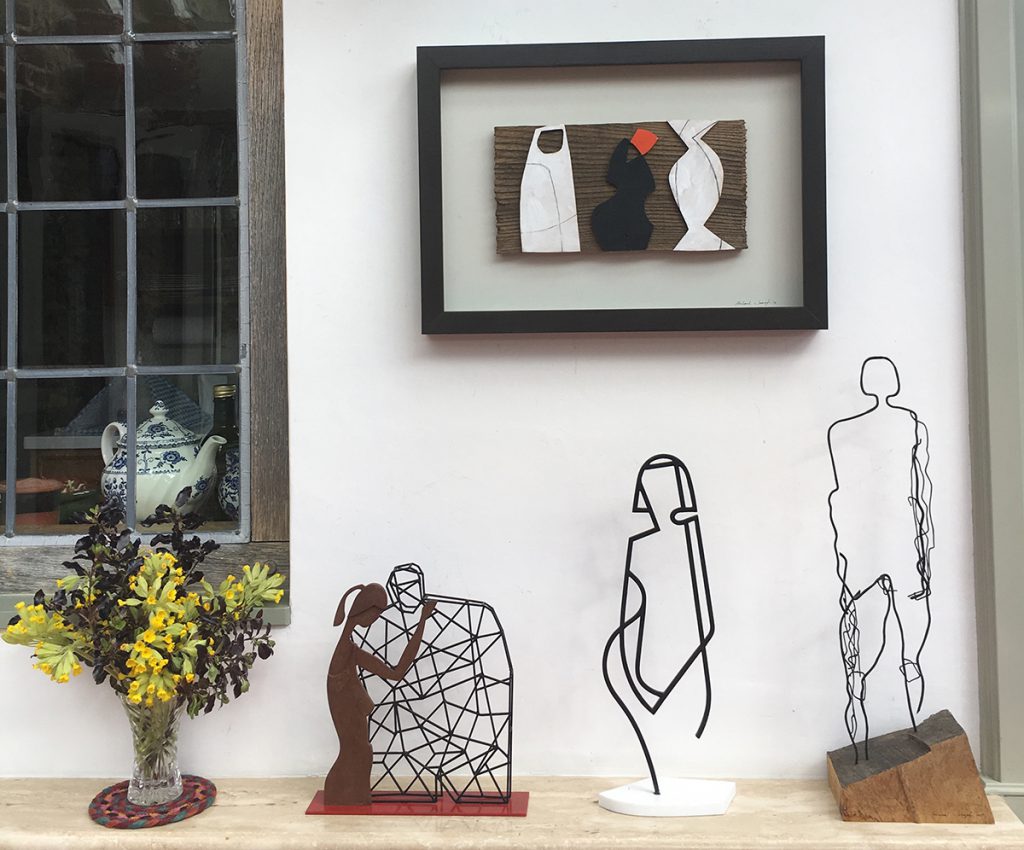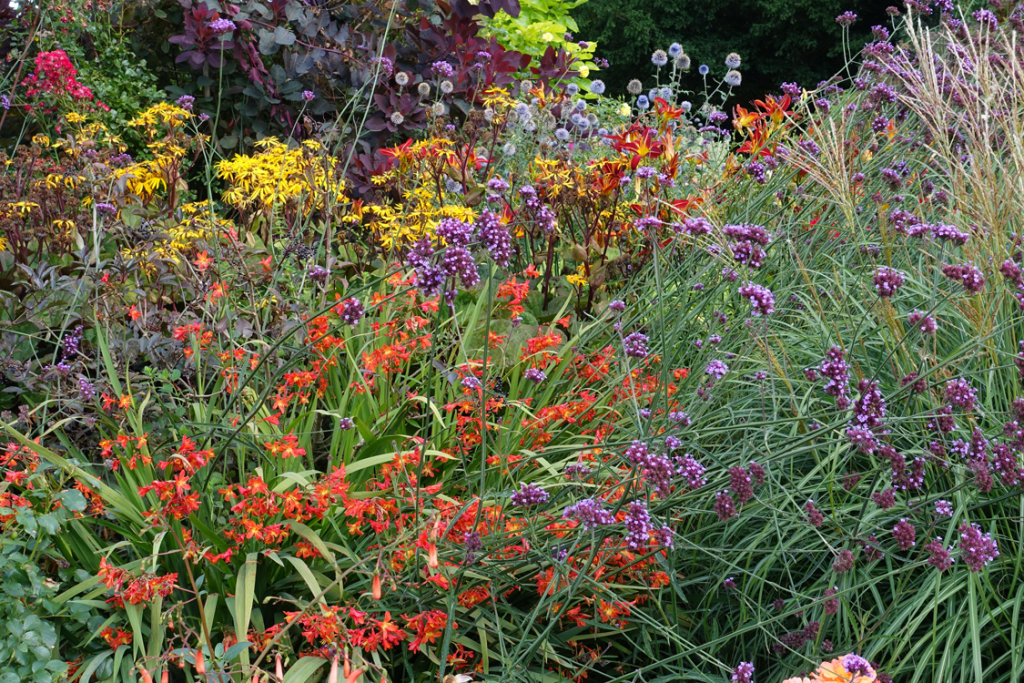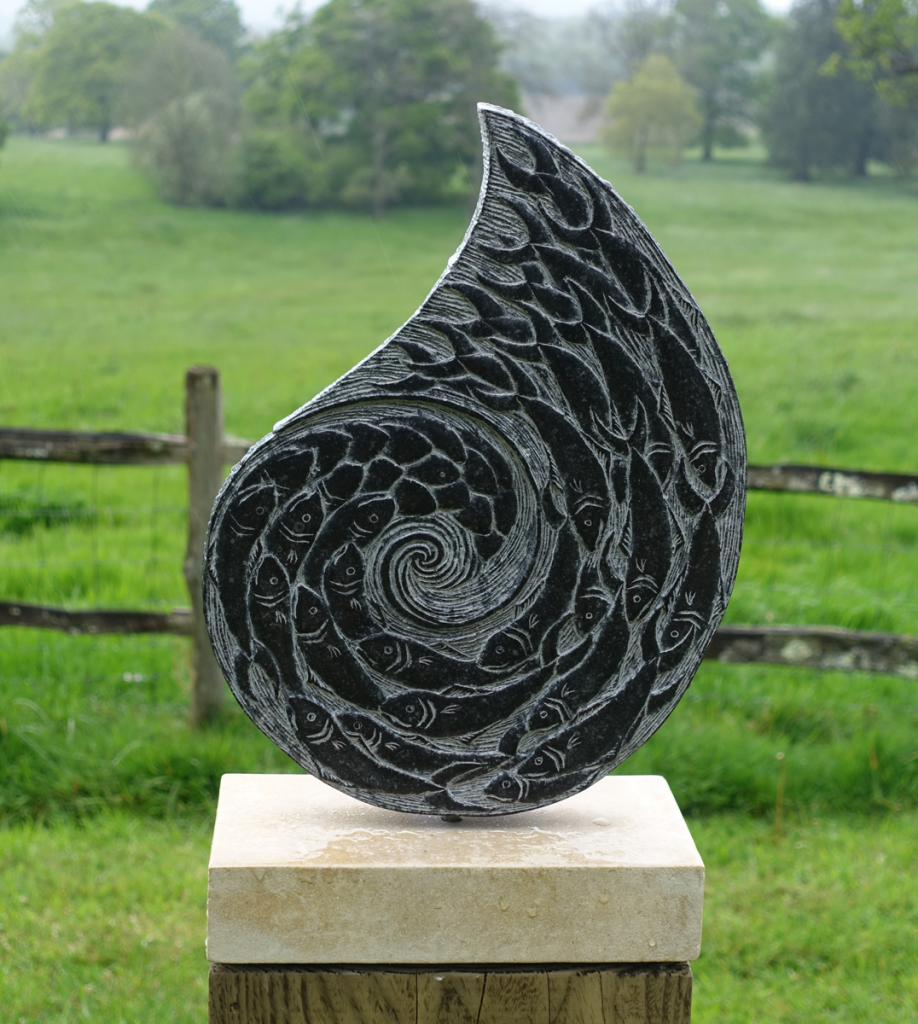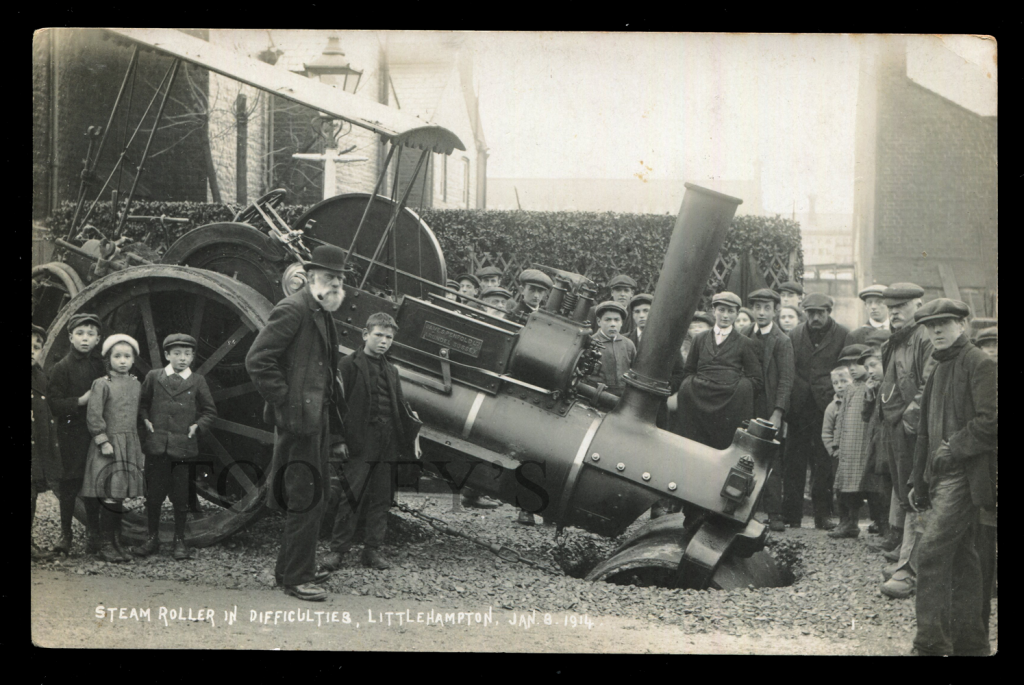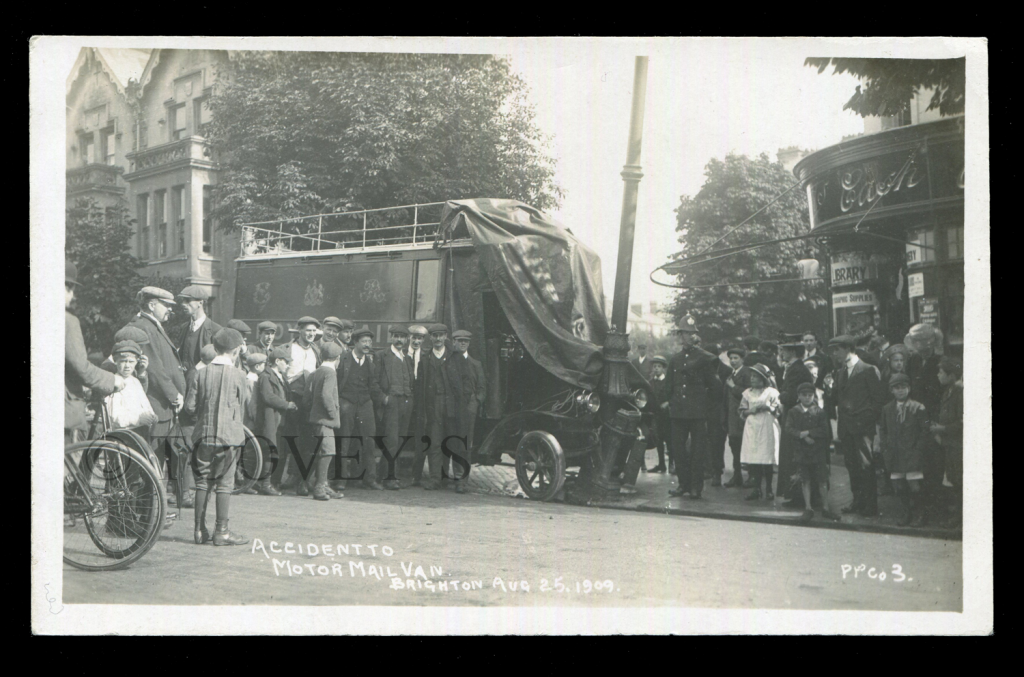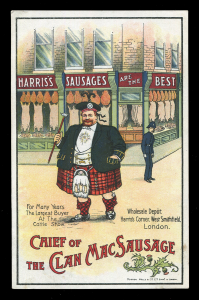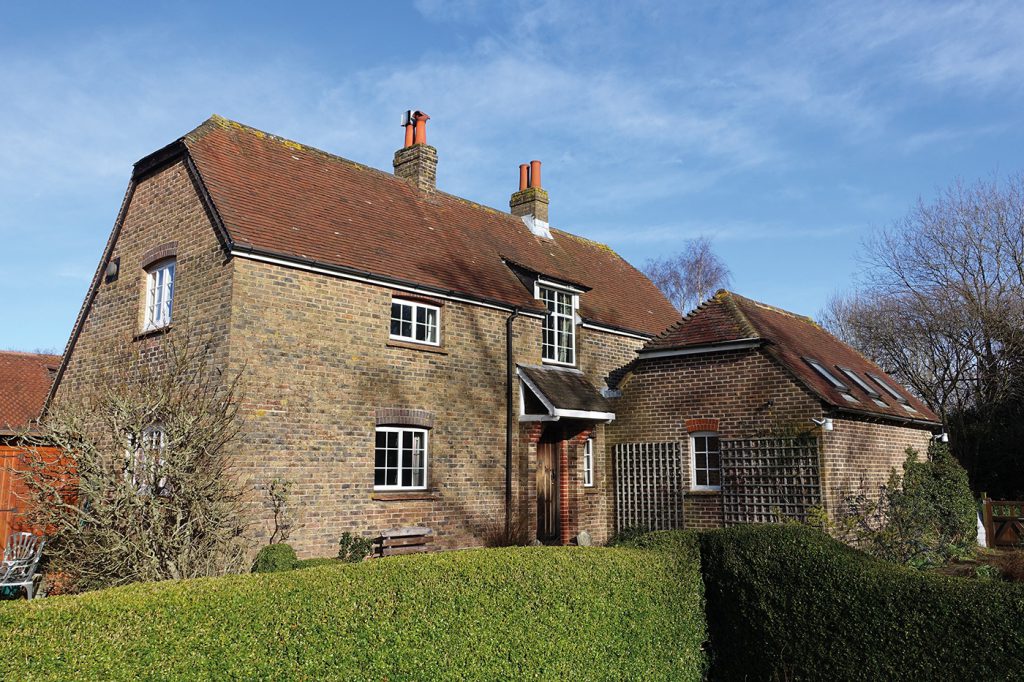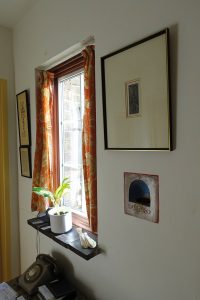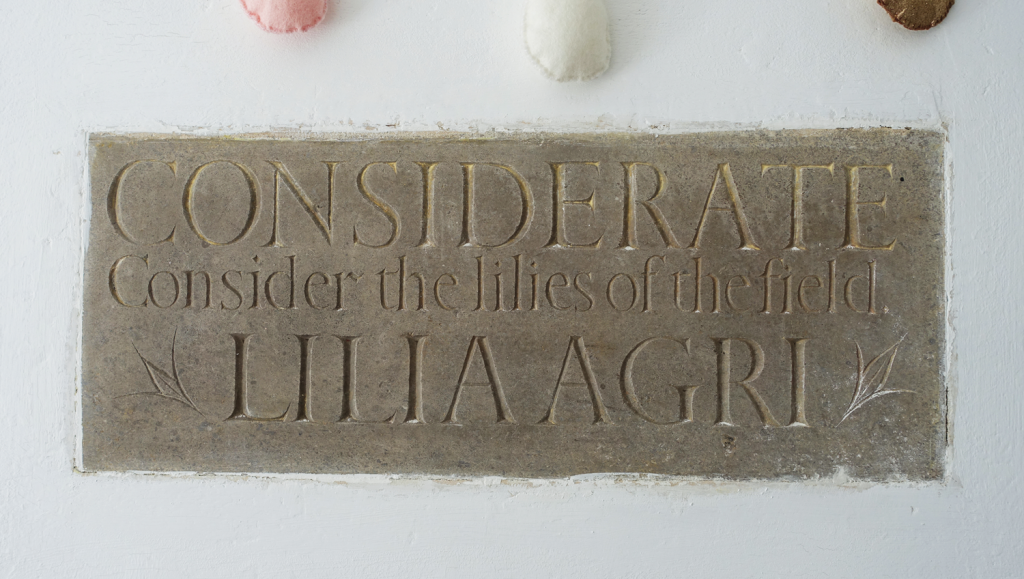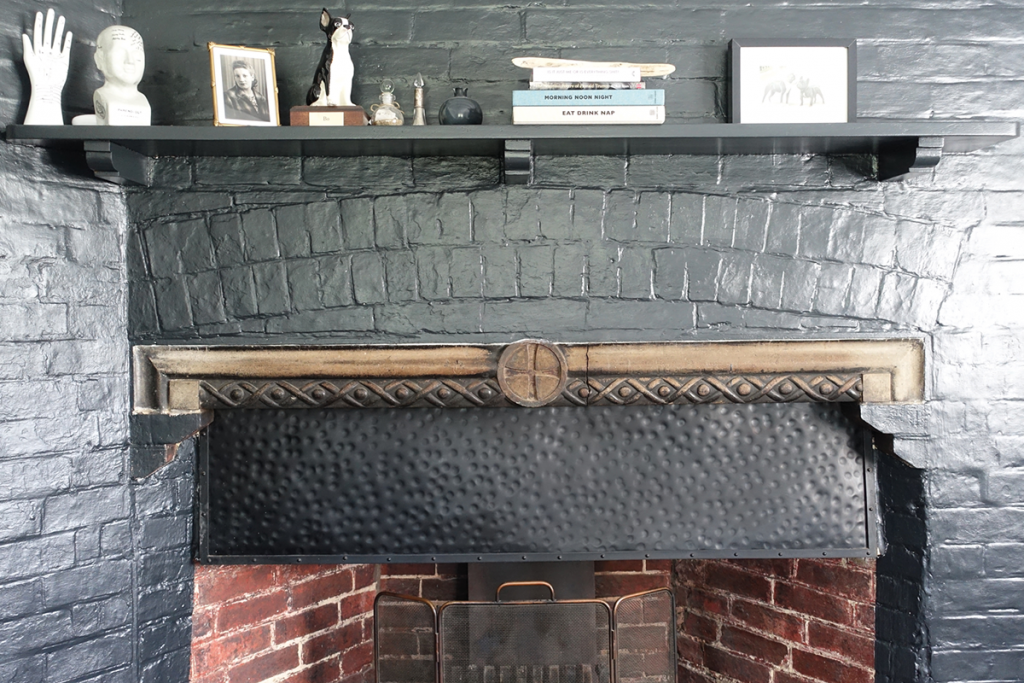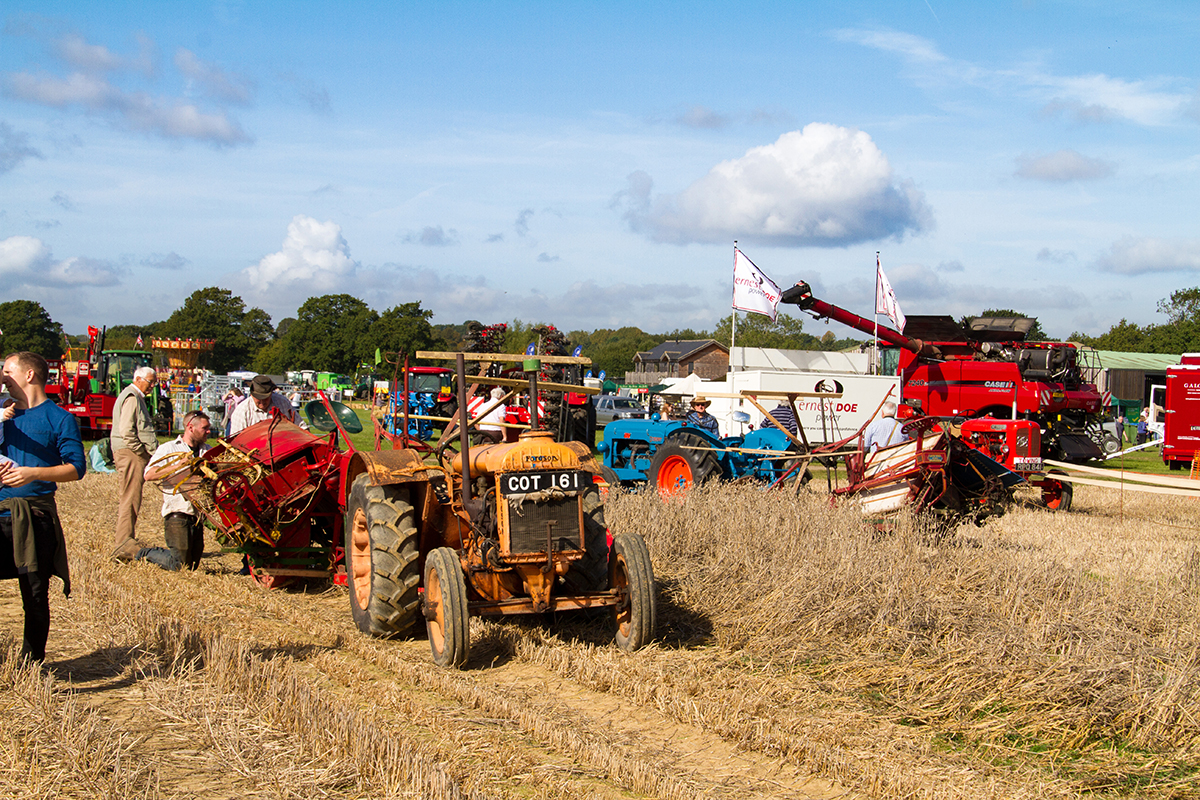
This week I am in the company of Rowan Allan who for twenty-one years has been the Honorary Secretary of The West Grinstead & District Ploughing & Agricultural Society. The Society is holding its 2019 Annual Ploughing Match and Agricultural Show on Saturday 21st September, at Applesham Farm, Coombes Road, Nr Lancing, BN15 0RP.
As this year’s serving President of the society I am especially excited to once again be attending the ploughing match.
Rowan Allan says “Applesham Farm will be a popular venue. Christopher, Hugh and Sara Passmore and their team will give everyone a warm welcome – it’s our first time there and the agricultural community is looking forward to coming together once again.”
Sometimes our increasingly urban society can seem out of touch with the land. Farmers already fulfil an important role in stewarding the countryside, practising good husbandry and sustainable food production with a deep understanding and respect for the environment and the natural world. As I have visited farms across the district I have found a diversity of approaches which fits with the land each farmer works. What unites them is that they are passionate about their responsibilities and rightly proud of their long-term stewardship – there is a quality of calling and vocation in it.
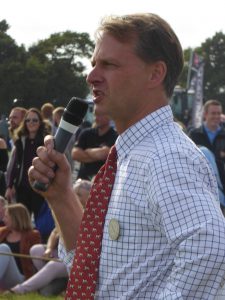
Rowan comments “Balancing one’s heritage and nature with the needs of food production is perfectly possible.”
The West Grinstead and District Ploughing Match and Agricultural Society has been holding shows for over 140 years. It seeks to re-connect town and country and educate the public.
Rowan says “The ploughing match provides a shop window for people to engage with what farming and the countryside are really about.”
I comment that it’s a great family day out with the ploughing competition, cattle and sheep shows, licenced bar, fun fair, trade stands and local produce, terrier racing, open clay shooting competitions, tug-of-war, gun dog scurry, tractor and threshing machinery and even a ferret race, there is so much to enjoy – Rowan agrees.
Since 1871 The West Grinstead and District Plough Match and Agricultural Society has been promoting best practice in the local agricultural community through its prizes and awards. Today that also includes a bursary programme which provides financial support to enable and encourage young people to take up careers in the agricultural industry.
Our landscape is one of the most important building blocks of our nation’s heritage and identity and it is wholly dependent on the life given to it by our farmers who richly deserve our thanks.
I will be supporting Rowan and the team at the 2019 West Grinstead and District Plough Match and Agricultural Show at Applesham Farm, Coombes Road Lancing, BN15 0RP on Saturday 21st September 2019. Entrance is just £6 per person with children under 14 free – it’s going to be a fantastic family day – I hope to see you there!
For more information contact Rowan Allan at H. J. Burt Steyning through www.hjburt.co.uk or go to www.westgrinsteadploughing.co.uk.
By Rupert Toovey, a senior director of Toovey’s, the leading fine art auction house in West Sussex, based on the A24 at Washington. Originally published in the West Sussex Gazette.
